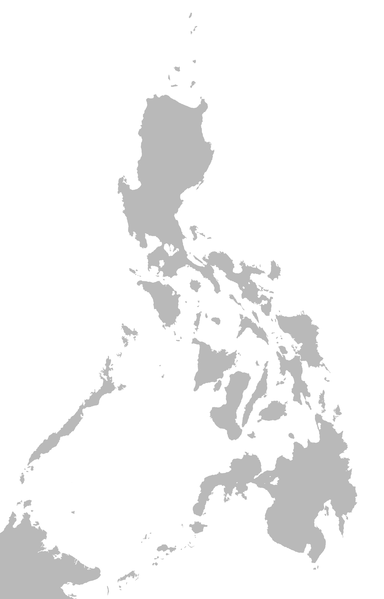The Philippines Department of Health (DOH) reported that through Mar. 2, there has been 40,614 dengue cases nationally, a significant increase compared to 2018.

The total is 16,383 or 68 percent higher compared to the same period last year’s 24,231 cases, according to health officials.
The Department of Health (DOH) has urged the public to observe best practices in water storage to prevent breeding of dengue-carrying mosquitoes amid the water supply shortage.
Philippines: Measles death toll tops 300
“Mukhang lolobo ang kaso ng dengue kaya pakiusap po natin sa mga nag-iimbak tubig lagyan ng takip na plastik, talian sa may labi ng lalagyan (Dengue cases may go up so we request those storing water to cover [their containers] with plastic, fasten the lid of the containers),” Health Secretary Francisco Duque III said Friday.
Dengue is a viral infection transmitted by the bite of an infected mosquito. There are four closely related but antigenically different serotypes of the virus that can cause dengue (DEN1, DEN 2, DEN 3, DEN 4).
Ayoko sa Lamok: Filipino youth’s battle against dengue fever
- Dengue Fever (DF) – marked by an onset of sudden high fever, severe headache, pain behind the eyes, and pain in muscles and joints. Some may also have a rash and varying degree of bleeding from various parts of the body (including nose, mouth and gums or skin bruising).Dengue has a wide spectrum of infection outcome (asymptomatic to symptomatic). Symptomatic illness can vary from dengue fever (DF) to the more serious dengue hemorrhagic fever (DHF).
- Dengue Hemorrhagic Fever (DHF) – is a more severe form, seen only in a small proportion of those infected. DHF is a stereotypic illness characterized by 3 phases; febrile phase with high continuous fever usually lasting for less than 7 days; critical phase (plasma leaking) lasting 1-2 days usually apparent when fever comes down, leading to shock if not detected and treated early; convalescence phase lasting 2-5 days with improvement of appetite, bradycardia (slow heart rate), convalescent rash (white patches in red background), often accompanied by generalized itching (more intense in palms and soles), and diuresis (increase urine output).
- Dengue Shock Syndrome (DSS) — Shock syndrome is a dangerous complication of dengue infection and is associated with high mortality. Severe dengue occurs as a result of secondary infection with a different virus serotype. Increased vascular permeability, together with myocardial dysfunction and dehydration, contribute to the development of shock, with resultant multiorgan failure.
Related:
- 18 infections you can get from mosquitoes
- Hepatitis A outbreaks in the US: The latest state by state data
- Chickenpox outbreak reported at Walton, KY school
- Winter Park, Florida: Rabies alert issued
- Indiana University reports 3rd mumps case
- Temple University updates vaccination policy in light of mumps outbreak
- Salmonella multistate outbreak linked to Butterball ground turkey


4 thoughts on “Philippines: Dengue cases top 40K in 1st two months of 2019”